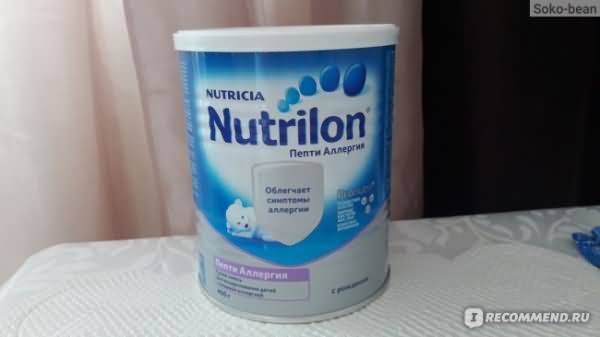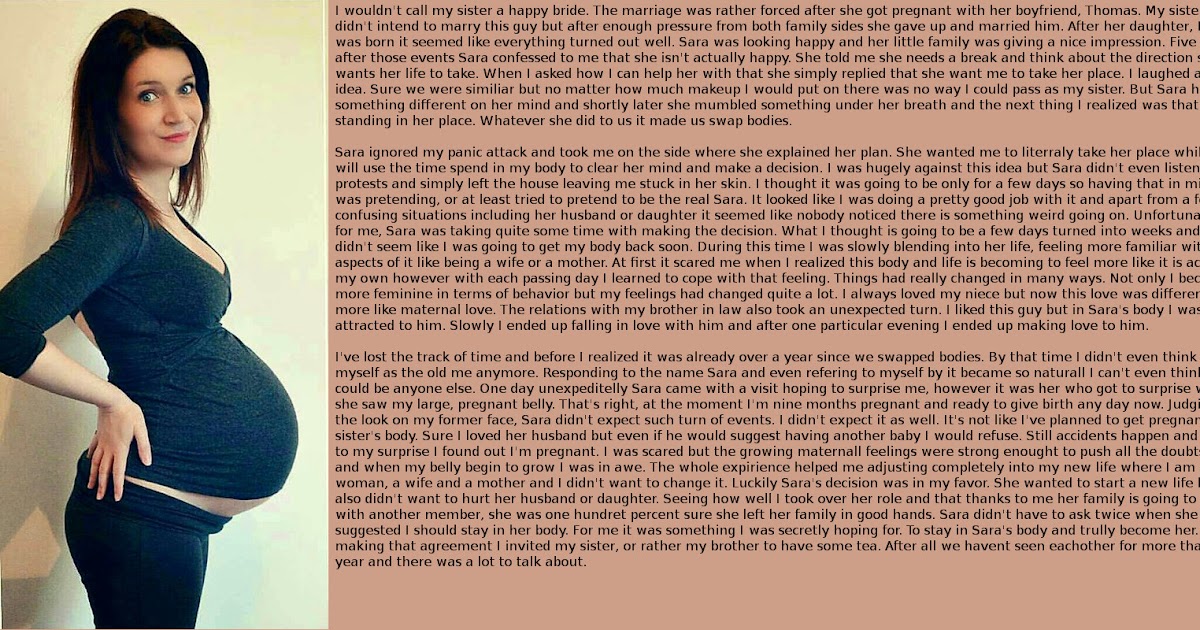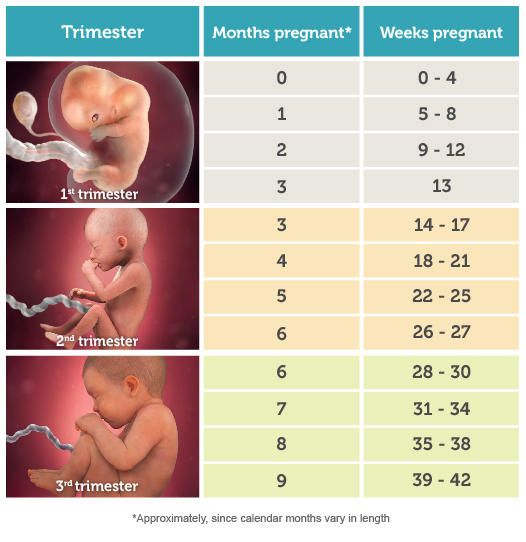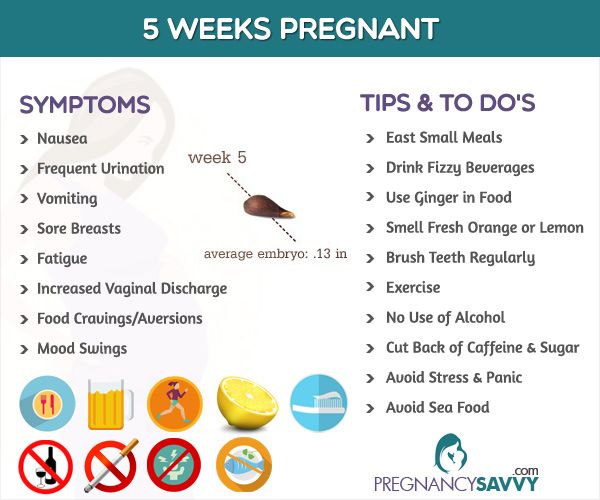Infant lactose allergy
What should I do if I think my baby is allergic or intolerant to cows' milk?
If you think your baby is having a reaction to cows' milk, see your GP or health visitor to discuss your concerns.
They will be able to assess if your baby's symptoms may be caused by a cows' milk allergy or something else. Make sure you get medical advice before taking cows' milk out of your child's diet as it contains important nutrients.
Cows' milk allergy in babies
Cows' milk allergy (CMA), also called cows' milk protein allergy, is one of the most common childhood food allergies. It is estimated to affect around 7% of babies under 1, though most children grow out of it.
CMA typically develops when cows' milk is first introduced into your baby's diet either in formula or when your baby starts eating solids.
More rarely, it can affect babies who are exclusively breastfed because of cows' milk from the mother's diet passing to the baby through breast milk.
There are 2 main types of CMA:
- immediate CMA – where symptoms typically begin within minutes of having cows' milk
- delayed CMA – where symptoms typically begin several hours, or even days, after having cows' milk
Symptoms of cows' milk allergy
Cows' milk allergy can cause a wide range of symptoms, including:
- skin reactions – such as an itchy rash or swelling of the lips, face and around the eyes
- digestive problems – such as stomach ache, vomiting, colic, diarrhoea or constipation
- hay fever-like symptoms – such as a runny or blocked nose
- eczema that does not improve with treatment
Occasionally CMA can cause severe allergic symptoms that come on suddenly, such as swelling in the mouth or throat, wheezing, cough, shortness of breath, and difficult, noisy breathing.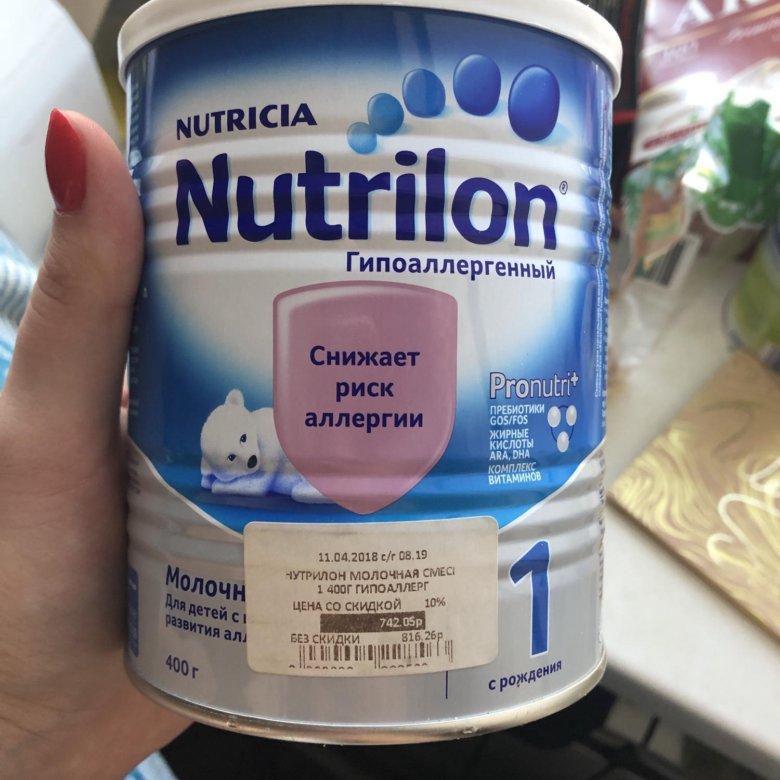
A severe allergic reaction (anaphylaxis) is a medical emergency. Call 999 for an ambulance immediately if you think your child has anaphylaxis (even if they start to feel better).
Treatment for CMA
If your baby is diagnosed with CMA, you'll be offered advice by your GP or an allergy specialist on how to manage their allergy. You may also be referred to a dietitian.
Treatment involves removing all cows' milk from your child's diet for a period of time.
If your baby is formula-fed, your GP can prescribe special infant formula.
Do not give your child any other type of milk without first getting medical advice.
If your baby is exclusively breastfed, the mother will be advised to avoid all cows' milk products.
Your child should be assessed around every 6 to 18 months to see if they have grown out of their allergy.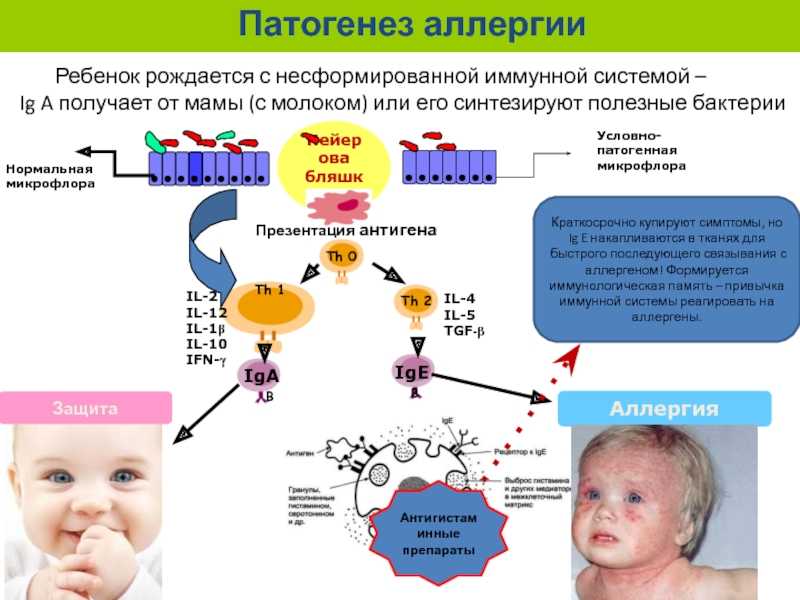
Read more about cows' milk allergy in children on National Institute for Health and Care Excellence (NICE).
Could it be lactose intolerance?
Lactose intolerance is another type of reaction to milk, when the body cannot digest lactose, a natural sugar found in milk. However, this is not an allergy.
Lactose intolerance can be temporary – for example, it can come on for a few days or weeks after a tummy bug.
Symptoms of lactose intolerance include:
- diarrhoea
- vomiting
- stomach rumbling and pains
- wind
Treatment for lactose intolerance
Treatment depends on the extent of your child's intolerance. Some children with lactose intolerance may be able to have small amounts of dairy products without having symptoms.
Your child may be referred to a dietitian for specialist advice.
Read more about treatment for lactose intolerance.
Further information:
- Colic
- Food allergies in babies and children
- Reflux in babies
- How can I tell if my baby is seriously ill?
- Your baby's first solid foods
- National Institute for Health and Care Excellence (NICE): food allergy in children
Page last reviewed: 28 November 2022
Next review due: 28 November 2025
Milk Allergy in Infants (for Parents)
What Is a Milk Allergy?
When a baby is allergic to milk, it means that their immune system, which normally fights infections, overreacts to proteins in cow's milk. Every time the baby has milk, the body thinks these proteins are harmful invaders and works hard to fight them.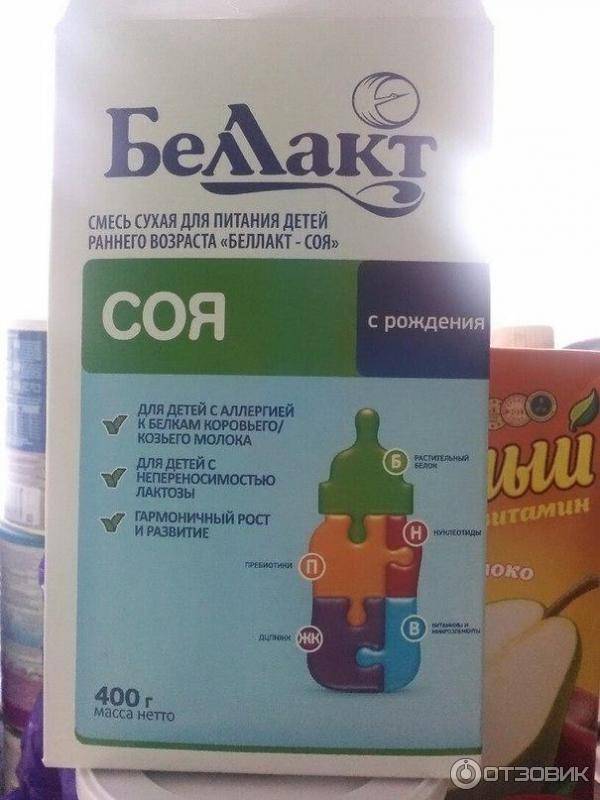 This causes an allergic reaction in which the body releases chemicals like
This causes an allergic reaction in which the body releases chemicals like
histamine.
Cow's milk is in most baby formulas. Babies with a milk allergy often show their first symptoms days to weeks after they first get cow milk-based formula. Breastfed infants can show symptoms when their mother has had milk products.
People of any age can have a milk allergy, but it's more common in young children. Many kids outgrow it, but some don't.
What Are the Signs & Symptoms of a Milk Allergy?
In children who show symptoms shortly after they have milk, an allergic reaction can cause:
- wheezing
- trouble breathing
- coughing
- hoarseness
- throat tightness
- stomach upset
- vomiting
- diarrhea
- itchy, watery, or swollen eyes
- hives
- swelling
- a drop in blood pressure causing lightheadedness or loss of consciousness
The severity of allergic reactions to milk can vary.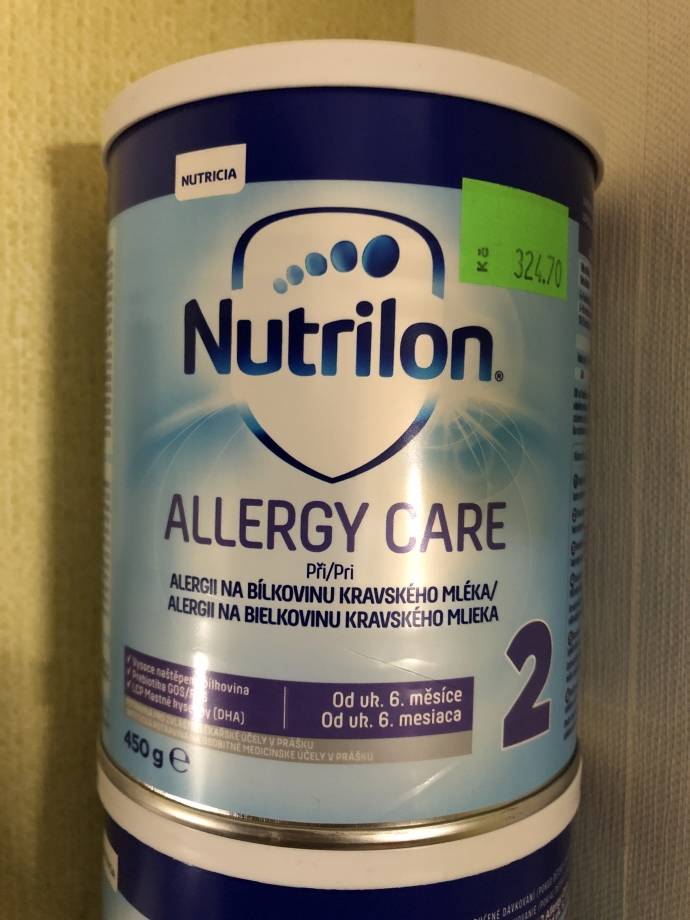 The same child can react differently with each exposure. This means that even though one reaction was mild, the next could be more severe and even life-threatening.
The same child can react differently with each exposure. This means that even though one reaction was mild, the next could be more severe and even life-threatening.
Children also can have:
- an intolerance to milk in which symptoms — such as loose stools, blood in the stool, refusal to eat, or irritability or colic — appear hours to days later
- lactose intolerance, which is when the body has trouble digesting milk
If you're not sure if your child has an intolerance versus an allergy, talk to your doctor.
How Is a Milk Allergy Diagnosed?
If you think your infant is allergic to milk, call your baby's doctor. The doctor will examine your baby, and might order some stool tests and blood tests. The doctor may refer you to an allergist, who might do skin testing. In skin testing, the doctor or nurse will place a tiny bit of milk protein on the skin, then make a small scratch on the skin. If your child reacts to the allergen, the skin will swell a little in that area like an insect bite.
If the allergist finds that your baby is at risk for a serious allergic reaction, they'll prescribe epinephrine auto-injectors.
How Is an Allergic Reaction Treated?
If your baby has a milk allergy (or any kind of serious food allergy), always have two epinephrine auto-injectors available in case of a severe reaction.
An epinephrine auto-injector is a prescription medicine that comes in a small, easy-to-carry container. It's easy to use. Your doctor will show you how. Kids who are old enough can be taught how to give themselves the injection. If they carry the epinephrine, it should be nearby, not left in a locker or in the nurse's office.
The doctor can also give you an allergy action plan, which helps you prepare for, recognize, and treat an allergic reaction. Share it with anyone who takes care of your child, including relatives, daycare providers, and babysitters.
Every second counts in an allergic reaction. If your child starts having serious allergic symptoms, like trouble breathing, give the epinephrine auto-injector right away. Also give it right away if the symptoms involve two different parts of the body, like hives with vomiting. Then call 911 and take your child to the emergency room. Your child needs to be under medical supervision because even if the worst seems to have passed, a second wave of serious symptoms can happen.
Also give it right away if the symptoms involve two different parts of the body, like hives with vomiting. Then call 911 and take your child to the emergency room. Your child needs to be under medical supervision because even if the worst seems to have passed, a second wave of serious symptoms can happen.
Sometimes allergists recommend also carrying over-the-counter (OTC)
antihistamines, as these can help treat mild allergy symptoms. Use an antihistamine after — not as a replacement for — the epinephrine shot during a life-threatening reaction.
What Can I Do if My Baby Has a Milk Allergy?
If You Breastfeed
If your breastfed infant has a milk allergy, talk to the allergist to see what changes you should make to your diet.
If You Formula Feed
If you're formula feeding, your doctor may advise you to switch to an extensively hydrolyzed formula or an amino acid-based formula in which the proteins are broken down into particles so that the formula is less likely to trigger an allergic reaction.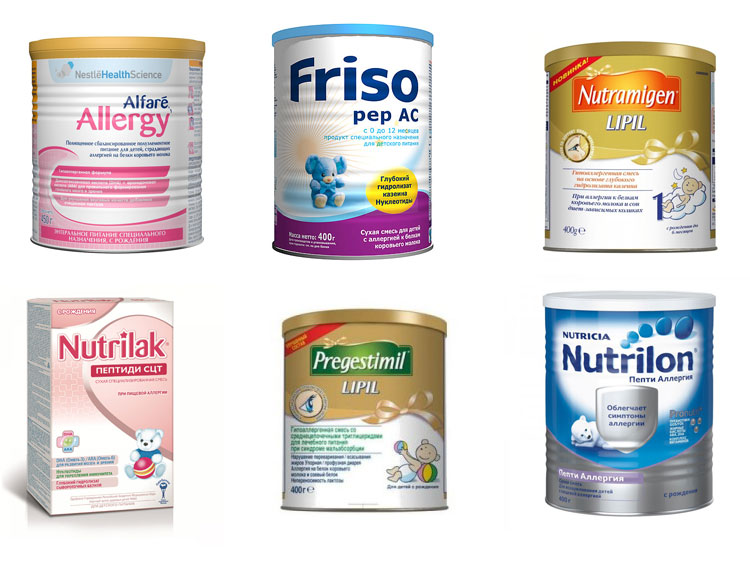
You also might see "partially hydrolyzed" formulas, but these aren't truly hypoallergenic and can lead to a significant allergic reaction.
If you're concerned about a milk allergy, it's always best to talk with your child's doctor and work together to choose a formula that's safe for your baby.
Do not try to make your own formula. Commercial formulas are approved by the U.S. Food and Drug Administration (FDA) and created through a very specialized process that cannot be duplicated at home. Other types of milk that might be safe for an older child with a milk allergy are not safe for infants.
When your child is ready for solids foods, the best way to be sure a food is milk-free is to read the food label. Manufacturers of foods sold in the United States must state on their labels whether the foods contain milk. Check the ingredients list first.
Some foods look OK from the ingredient list, but while being made they can have contact with milk.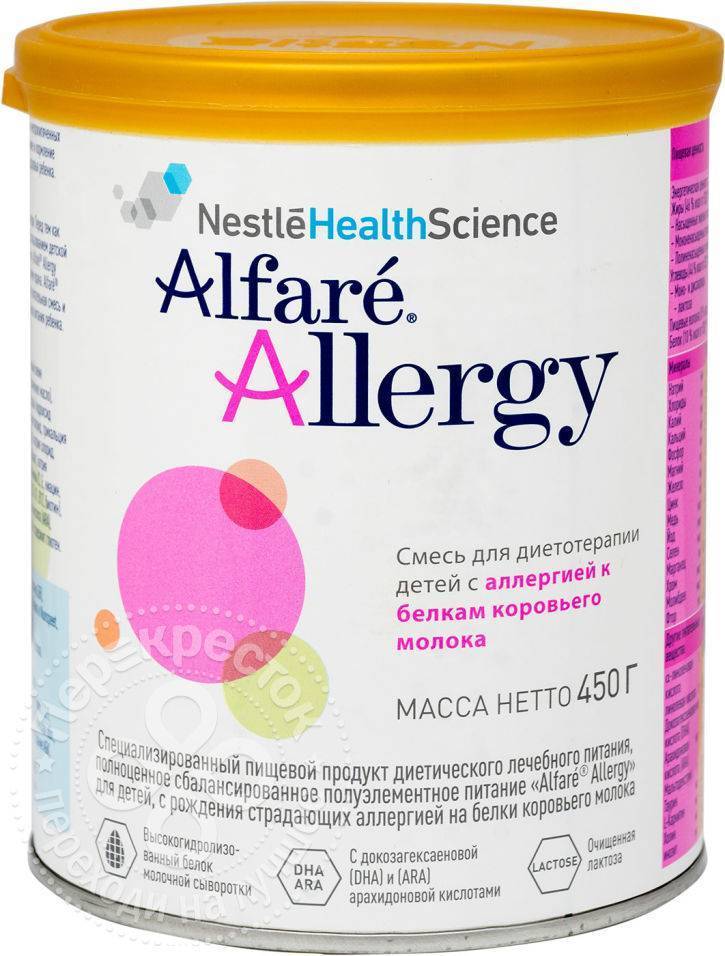 This is called cross-contamination. Look for advisory statements such as "May contain milk," "Processed in a facility that also processes milk," or "Manufactured on equipment also used for milk." Not all companies label for cross-contamination, so if in doubt, call or email the company to be sure.
This is called cross-contamination. Look for advisory statements such as "May contain milk," "Processed in a facility that also processes milk," or "Manufactured on equipment also used for milk." Not all companies label for cross-contamination, so if in doubt, call or email the company to be sure.
If you have any questions or concerns, talk with your child's doctor.
For more about managing food allergies, visit:
- Food Allergy Research and Education Network (FARE).
Reviewed by: Larissa Hirsch, MD
Date reviewed: January 2023
Allergy to cow's milk proteins (CMP)
- Nestlé Health Science
- health care
- The concept of "Allergy to cow's milk proteins (CMP)"
The concept of cow's milk protein allergy (CMP)
What is a food allergy?
Food allergies occur when the body's immune system (the body's own defense mechanism) reacts incorrectly to certain foods. Normally, the immune system helps the body fight harmful things, such as infectious agents. In a food allergy, the immune system misrecognizes certain food components as harmful, leading to unpleasant and sometimes life-threatening allergy-related signs and symptoms.
Normally, the immune system helps the body fight harmful things, such as infectious agents. In a food allergy, the immune system misrecognizes certain food components as harmful, leading to unpleasant and sometimes life-threatening allergy-related signs and symptoms.
More than 120 foods are known to cause food allergies. Cow's milk protein allergy (CMP) is the most common type of food allergy in infants under one year of age.
Do not confuse CMPA with lactose intolerance
Sometimes CMPA is confused with lactose intolerance. Both diseases have some common signs and symptoms, but different causes and treatments.
CMPA usually develops at an early age, while lactose intolerance is extremely rare before the age of 5 years.
What is ABKM?
CMA is a type of food allergy in which the child's immune system reacts to proteins found in cow's milk. As a result, the child develops allergy symptoms: skin problems (rash, hives, dry, flaky or itchy skin), digestive system disorders (diarrhea, vomiting, constipation and reflux) and respiratory problems (noisy breathing, cough, runny nose).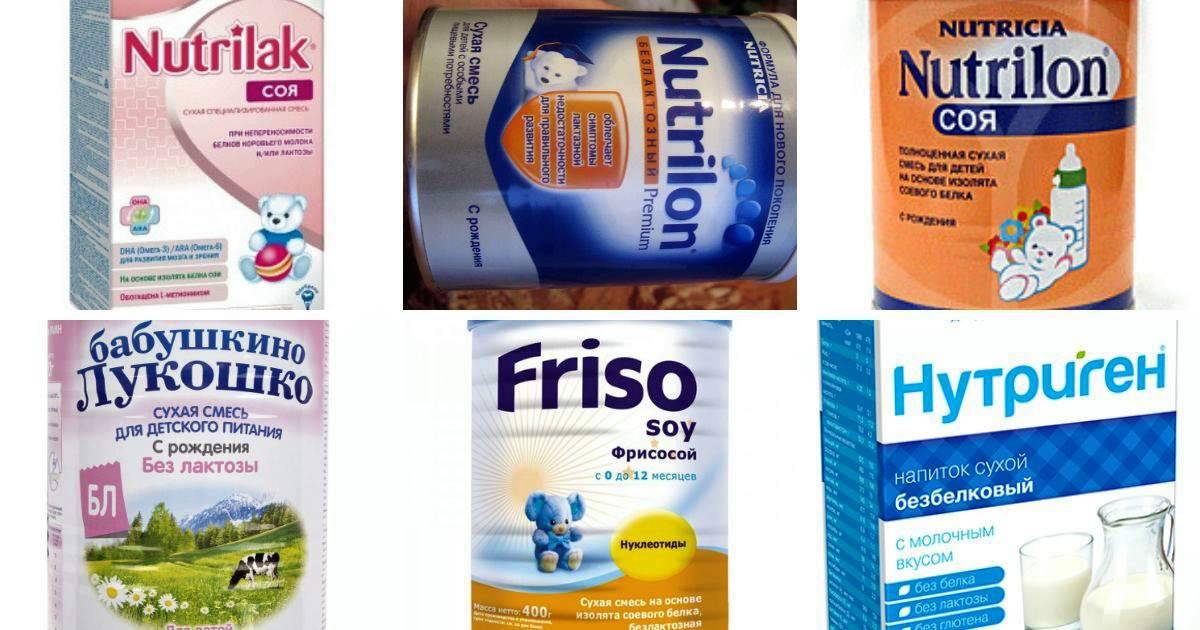 CMPA usually occurs before a child's first birthday.
CMPA usually occurs before a child's first birthday.
What is lactose intolerance?
Unlike CMPA, lactose intolerance does not depend on the immune system. This is actually lactase deficiency, the inability to digest the lactose sugar found in cow's milk, and is very rare in children under 5 years of age. Lactose is one of the most important carbohydrates (sugars) in breast milk and is very beneficial for babies. Lactose promotes healthy intestinal flora and calcium absorption.
Cow's milk protein allergy and lactose intolerance are different diseases
learn more about cow's milk protein allergy
All about CMPA
How common is CMPA?
Is CMPA hereditary?
Why does my child have CMPA?
Can CMPA be cured?
What is the difference between the AAA line and hypoallergenic formulas?
Your steps towards the diagnosis of CMPA
Allergy symptoms can be frightening, but CMPA can be easily managed with the right diet, so it's important to get the right diagnosis from your doctor and get treatment on time. If you notice any symptoms in your child that could be associated with CMPA, first of all, don't worry. Discuss the problems with the doctor, the doctor will take the necessary actions to make a final diagnosis. Follow the links below for information and guidance regarding the diagnosis of CMPA and the common signs and symptoms of CMPA.
If you notice any symptoms in your child that could be associated with CMPA, first of all, don't worry. Discuss the problems with the doctor, the doctor will take the necessary actions to make a final diagnosis. Follow the links below for information and guidance regarding the diagnosis of CMPA and the common signs and symptoms of CMPA.
SIGNS AND SYMPTOMS OF CMPA
CMPA is a food allergy, but symptoms can affect more than just the digestive system, they can also affect the respiratory system and skin.
Learn more about the signs and symptoms of CMPA
Symptom Analysis
Diagnosis
To make a diagnosis, the doctor will examine the child and ask about any symptoms you may notice. If an allergy to cow's milk proteins is suspected, a doctor may do certain tests. Once diagnosed, the symptoms of CMPA can be easily managed under the experienced guidance of a physician.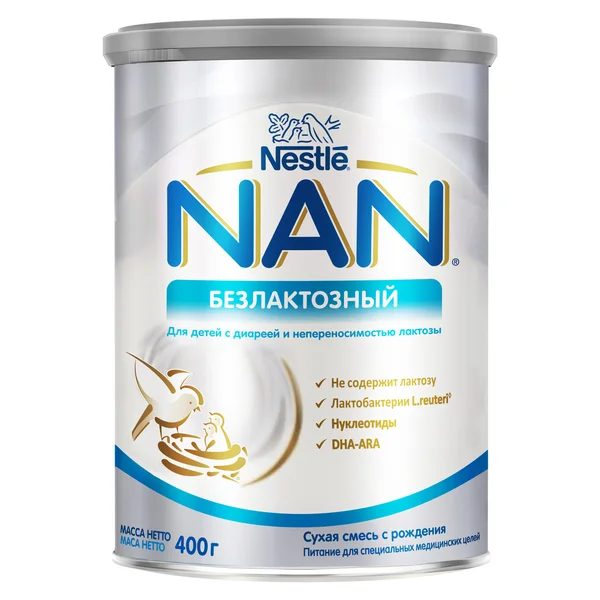
Find out more about the diagnosis of CMDD
Get ready for your doctor's visit
Would you like some help preparing for your doctor's visit? By printing and completing My Child's Symptom Diary, you can be sure that your doctor will have all the information you need to make an accurate diagnosis.
Symptom diary
IMPORTANT NOTE: Breastfeeding may continue if the infant is allergic to cow's milk protein. To do this, the mother needs a special diet with the exclusion of all sources of cow's milk protein. Only if these measures do not bring the desired effect, the doctor recommends the use of a special therapeutic mixture intended for children from 0 to 1 year old. It is important to follow the correct methods of preparing the mixture: using boiled water, sterilized bottles and following the rules for diluting the mixture. Medicinal mixtures intended for diet therapy of CMPA should be used under the supervision of a physician.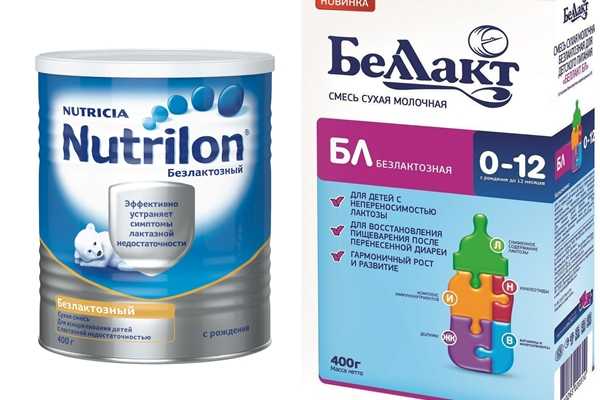
Milk (lactose) allergy: milk allergy in children and adults
Milk allergy (or lactose allergy) is a response of the human immune system to milk protein. An interesting fact is that for one person only sheep's milk can be an allergen, and he can safely drink goat's and cow's milk, and for another person, absolutely all dairy products can serve as allergens.
This is due to the fact that the milk of artiodactyl animals does not contain the same types of proteins.
And so some people are allergic to one type of protein in milk, while others are allergic to several types of proteins. In the event that casein (a protein whose percentage in milk is 80% of all proteins) acts as an allergen for a person, then a person cannot eat any types of dairy products. That is, when a person is allergic to cow's milk (or, to be more precise, to cow's milk protein), he can still drink goat's milk without any difficulty.
Types of proteins in milk
In general, it can be said that milk contains different types of proteins, which determine the nature of human allergic disease.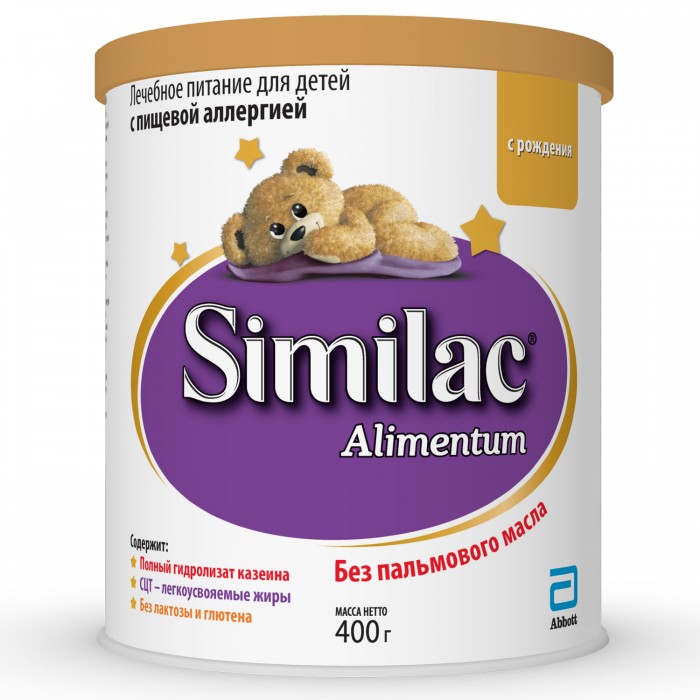
Casein is found in all types of milk, as mentioned above. And this means that it is not possible to replace the use of one milk with another in the presence of an allergy to milk.
Whey proteins. Such proteins are temperature sensitive. Accordingly, when milk is boiled, the process of destruction of such proteins occurs. That is why, if it is impossible to eat raw milk, you can safely use boiled milk.
Causes of allergy to lactose
Causes of allergy to lactose (milk sugar) may be as follows:
Genetic heredity to the fact that a hypersensitive reaction is formed in the human body to the intake of substances that serve as irritants.
Malfunctions of the immune system when specific immunoglobulin E is produced in large quantities.
If the enzyme that is responsible for the processing of the protein contained in milk is not present in the patient's body or is present, but in too small quantity, then the human body will react to proteins as if they were foreign substances and react accordingly.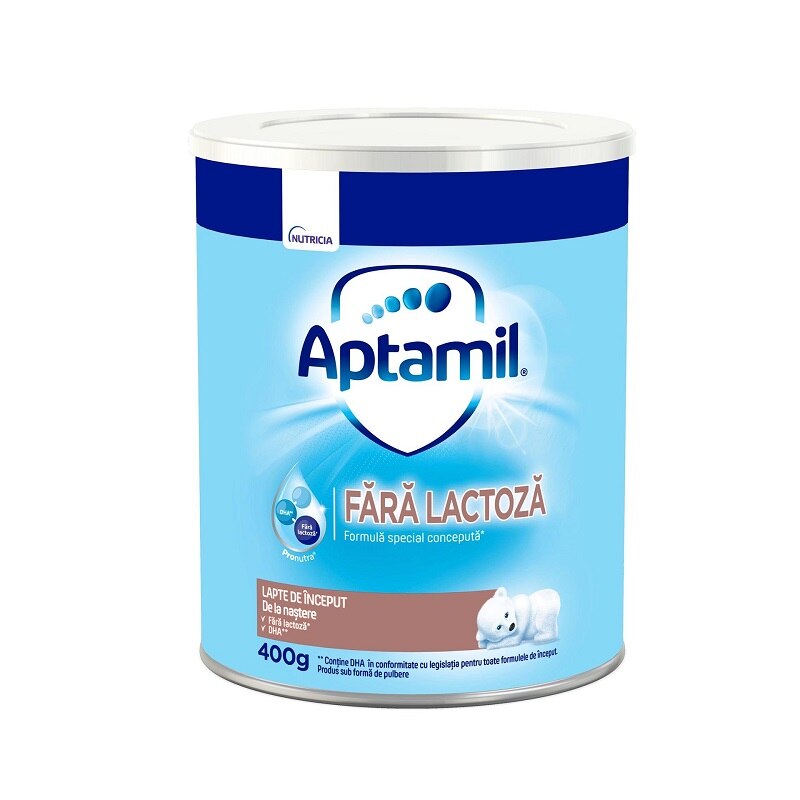
Symptoms of an allergy to milk (lactose)
Symptoms of an allergy in adults are as follows: , flatulence, spasms.
Severe symptoms
Symptoms may become more severe. For example, in adults, there may be sudden changes in pressure, choking, or there is a strong degree of swelling of the throat and mouth.
It is worth noting the fact that it does not matter what kind of milk a person is allergic to, since the symptoms will be the same for an allergy to cow protein, and an allergy to goat, and sheep.
If you experience any of the above symptoms, you should immediately consult a doctor for qualified assistance and treatment. It is almost impossible to remove milk from among the irritants that cause an allergic reaction, even if drugs are used for this.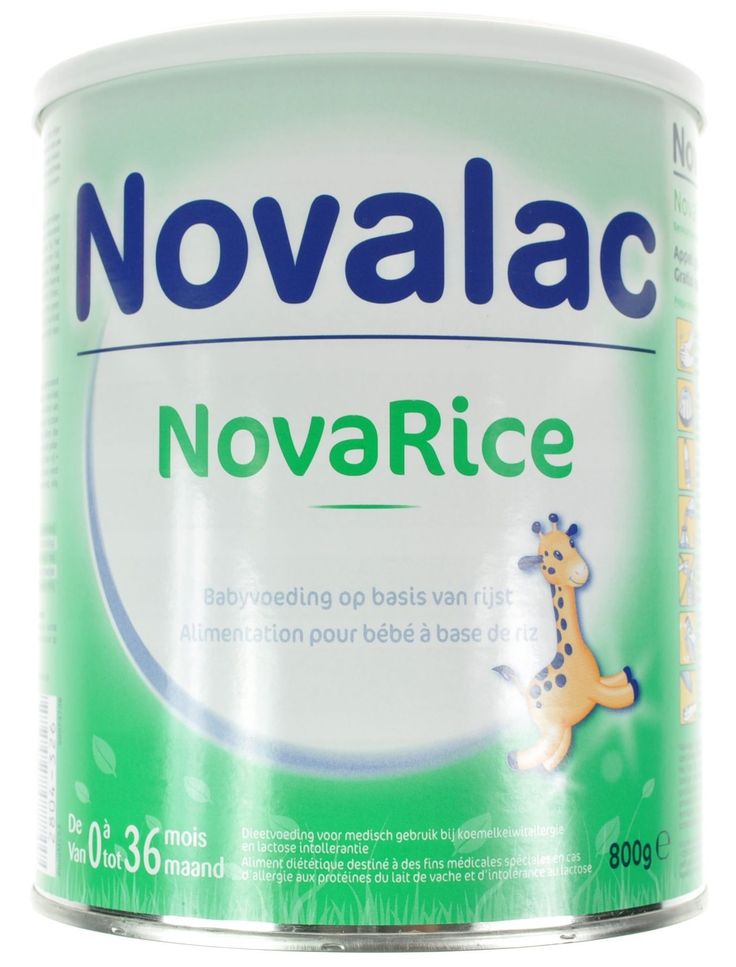 The only thing that can be done to prevent lactose allergy is to remove milk, and also dairy products, if necessary, from the list of foods consumed. At the same time, it is worth mentioning that milk, one way or another, is an integral part of a huge number of products, such as chocolate, white bread, ice cream, sour cream, breakfast cereals, pastry, cream, condensed milk, and instant soups, as well as dry soups. mixtures. So in the event that the patient has a pronounced allergic reaction to milk, you should stop eating not only yogurt, kefir, cheese, milk and cottage cheese, but also the aforementioned products that contain milk. In addition, milk components can be found in cosmetics, and therefore they should be checked for the presence of an allergen. Since sometimes it can be quite difficult to determine whether a product contains milk or not, people who are prone to this type of allergy are strongly advised to always carry medications with them, which can quickly remove the symptoms of milk allergy that have appeared.
The only thing that can be done to prevent lactose allergy is to remove milk, and also dairy products, if necessary, from the list of foods consumed. At the same time, it is worth mentioning that milk, one way or another, is an integral part of a huge number of products, such as chocolate, white bread, ice cream, sour cream, breakfast cereals, pastry, cream, condensed milk, and instant soups, as well as dry soups. mixtures. So in the event that the patient has a pronounced allergic reaction to milk, you should stop eating not only yogurt, kefir, cheese, milk and cottage cheese, but also the aforementioned products that contain milk. In addition, milk components can be found in cosmetics, and therefore they should be checked for the presence of an allergen. Since sometimes it can be quite difficult to determine whether a product contains milk or not, people who are prone to this type of allergy are strongly advised to always carry medications with them, which can quickly remove the symptoms of milk allergy that have appeared.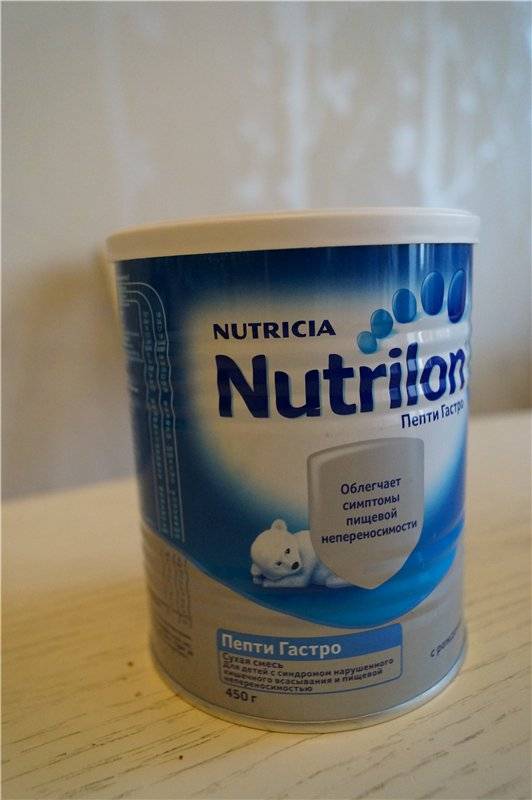
Milk allergy in a child
When a child has a milk allergy, the disease process is accompanied by the same symptoms as in adults. If a child has an allergy to milk protein, which is found in dairy products such as milk (breast), cottage cheese, cheese, yogurt, kefir, etc., then he may be more capricious, and also lag behind in growth and development ( this is due to the fact that he does not receive the necessary amount of nutrients for this). In addition, he may have loose stools or burp after feeding. It is much easier to understand that milk has become the cause of an allergic disease when the sick person is a child. Because, unlike an adult, whose diet should still be checked for possible irritants, a child's milk allergy can manifest itself immediately during breastfeeding. At the same time, it should be added that over time, in young children, an allergy to milk disappears, remaining in adulthood in only 1% of those who were ill.
If a child develops the above symptoms, they should be taken to a specialist immediately. In order to find out if there is an allergy specifically to milk, and, as a possible consequence, to dairy products, the following procedures can be carried out: to check the blood for the content of immunoglobulins in it, skin allergic tests are performed; to check the blood for the content of antibodies in it, take its analysis.
The presence of such an allergic disease creates a large number of inconveniences for the patient, especially if it is a small child. They are advised to give milk substitutes for food, which are designed specifically for allergy sufferers. The composition of such milk includes milk of plant origin and goat's milk, which is completely harmless to your baby, because intolerance to goat's milk is extremely rare. Its important advantage is the fact that it is close to the female in its composition. For adults, it is recommended to eat such types of milk as oat, rice, soy and almond. At the same time, for approximately a quarter of people who are allergic to milk protein, soy is also an allergen, so they cannot change milk to soy in their diet.